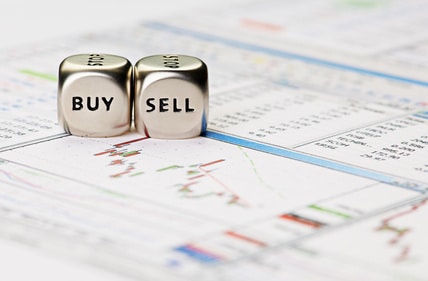Today I decided to touch more on an educational feature rather than provide a certain market outlook.
Many of my clients and blog readers know that when it comes to short-term trading I am a fan of adjusting your trading technique/ game plan according to your assessment of the type of trading day that is developing in front of you.
There are so many different aspects to trading.
From financial, emotional aspects to actual details of when to enter a trade, when to exit a trade and SO MUCH more in between.....
An important part of trading is trade entry. Assuming a trader knows why he/she is about to enter a trade, the next step sounds simple right? Simply buy or sell the contract you wish to trade....
Many times it is that simple, depending on the time frame you are trading you may simply buy at market and get the market price at that time. Some traders try to make small profits where every tick counts, hence they may use the "buy bid" or "sell ask" button in order to get in at the best market price at that time. Many times you may save a tick by doing so, but other times you may find yourself chasing the bid or the ask...
Another way is for a trader to decide that yes he/she wants to enter the specific market but would like to get in at a price that is better and use a limit order. An example may be, trader got the signal he/she was looking to sell the mini SP 500 futures. The September contract was at 2132.75. The trader decided that he/she was willing to take the risk of not getting into the trade but he/she would only sell if the market hit her limit price of 2134.75 for example. There are times that this kind of patience will allow for a better entry price, hence better chances to meet the target, but there are times when the trader will not get in and "miss a possible winning trade."
One more common way that some traders use is to enter on a stop. Most beginner traders will use stops for protection and not as much for trade entry. Traders with a bit more experience will at times use stops to enter a trade. An example may be that Joe decided to buy crude oil futures because he got his condition met (crude in this hypothetical example is trading at 63.42), however, Joe would like to see that price action follow the signal and break a minor level on the chart which he thinks serves as minor resistance at 63.49. In this case, Joe will place a buy stop at 63.49 that if triggered enters him into a long trade.
Again, there are so many more ins and outs to trading in general and to trade entry in specific, hopefully this quick overview may have opened your mind to different ways of entering a trade.
Disclaimer - Trading Futures, Options on Futures, and retail off-Exchange foreign currency transactions involves substantial risk of loss and is not suitable for all investors. Past performance is not indicative of future results. You should carefully consider whether trading is suitable for you in light of your circumstances, knowledge, and financial resources. You may lose all or more of your initial investment. Opinions, market data, and recommendations are subject to change at any time.
About Ilan Levy-Mayer
Ilan Levy-Mayer has been a commodities broker for over 16 years and holds an MBA in finance and Marketing from the Hebrew University in Jerusalem. Ilan is currently the vice president and a senior futures broker overseeing Online Future Trading Platforms and Commodity Futures Trading at Cannon Trading Company.

















